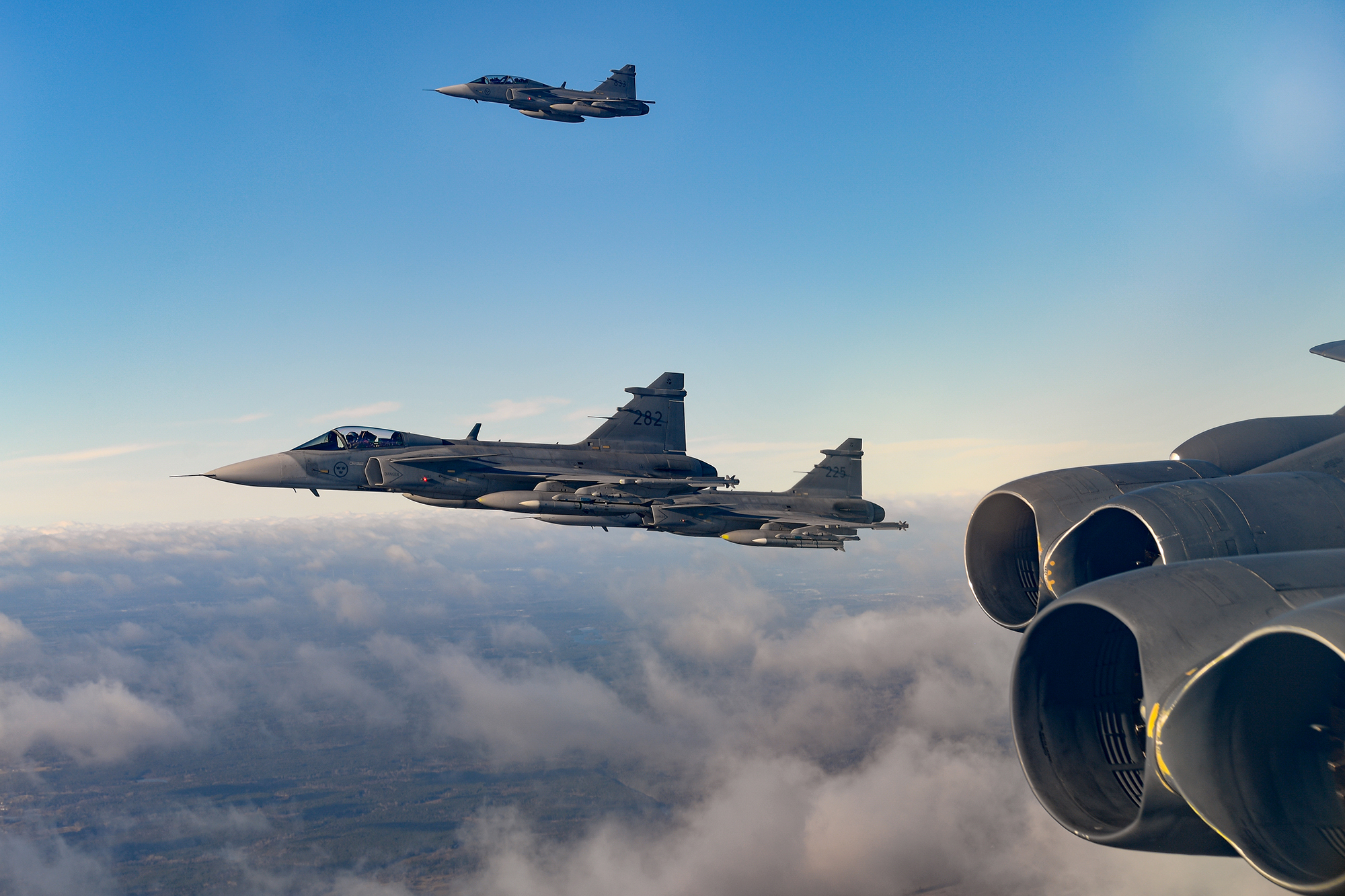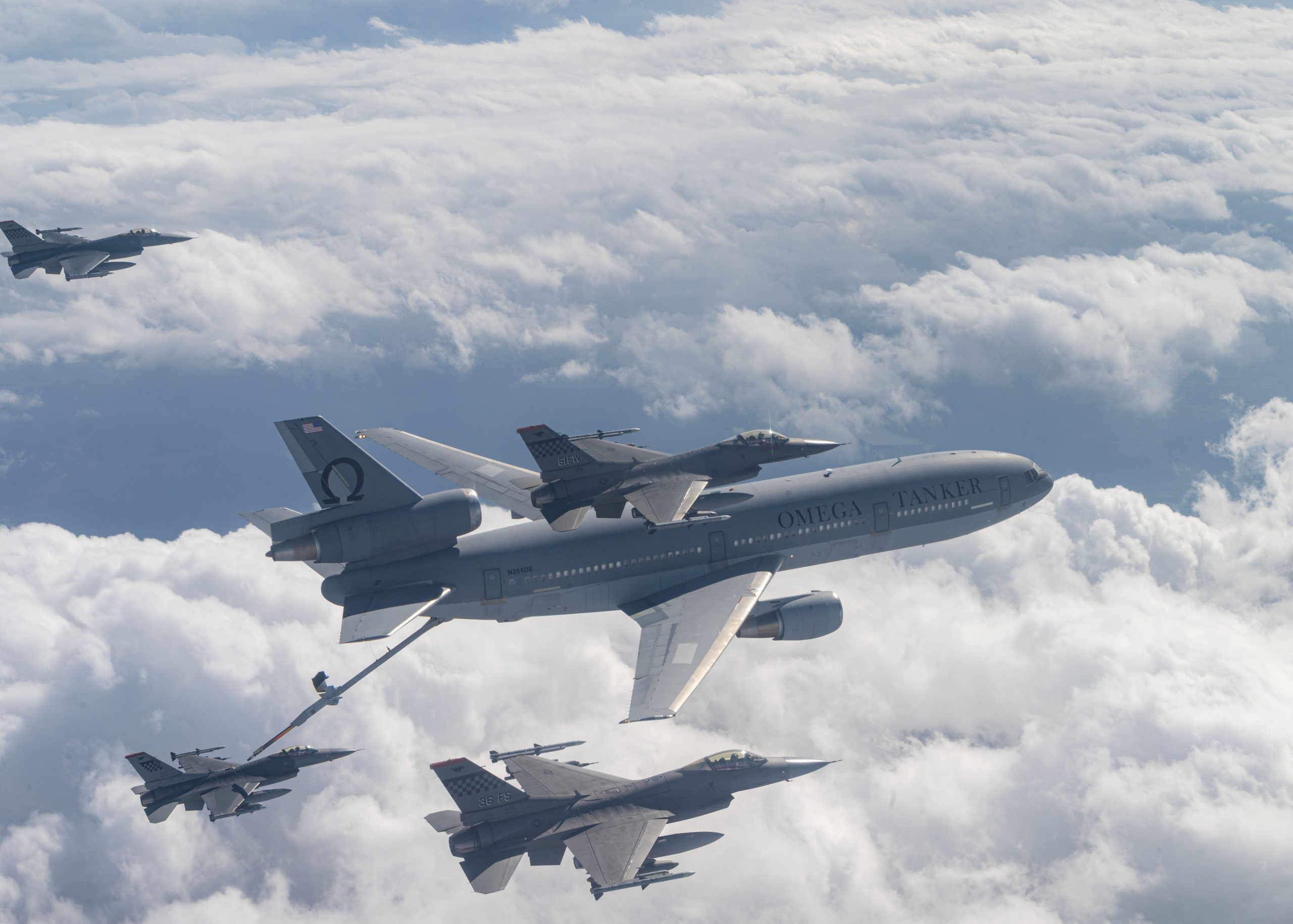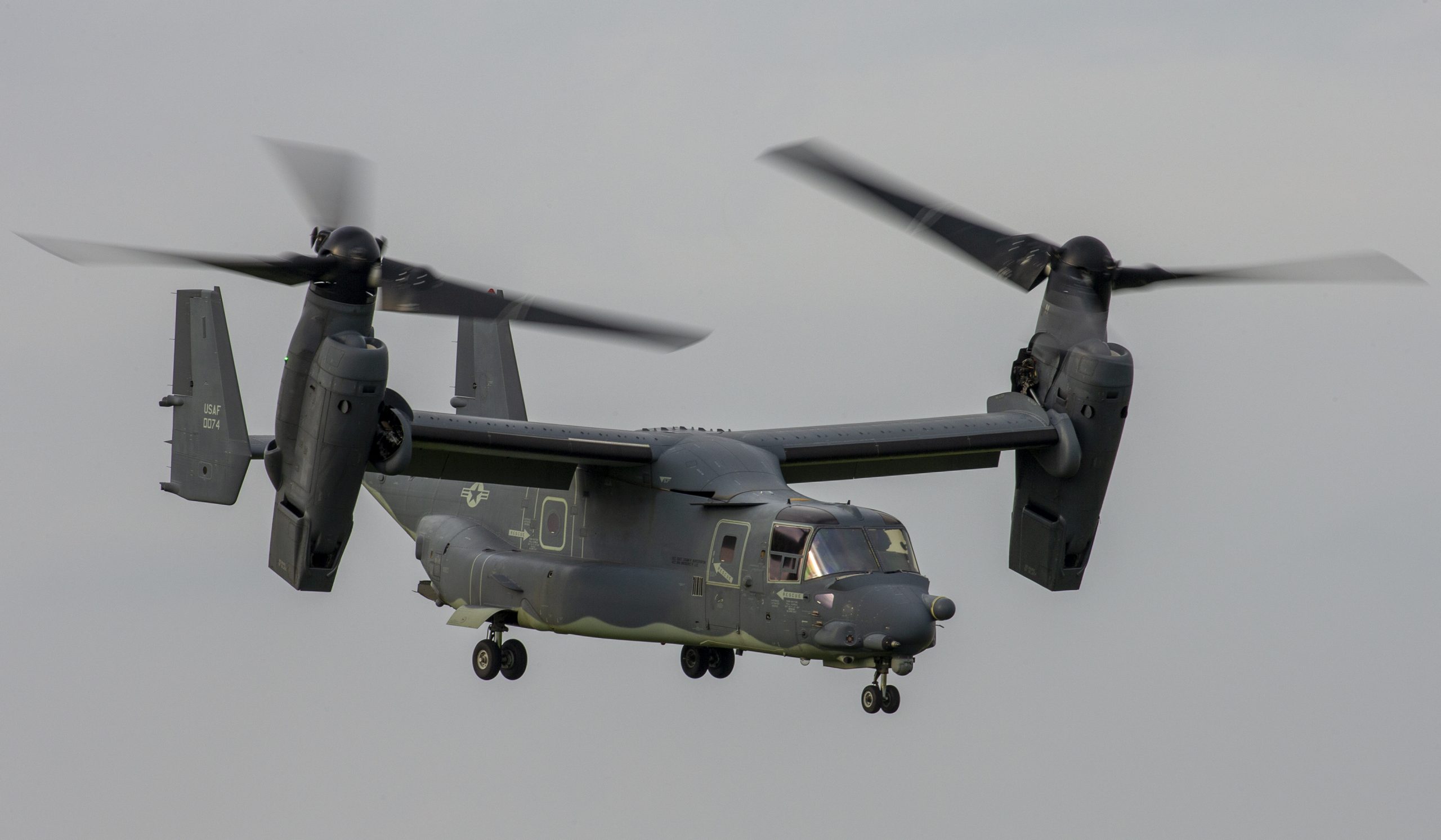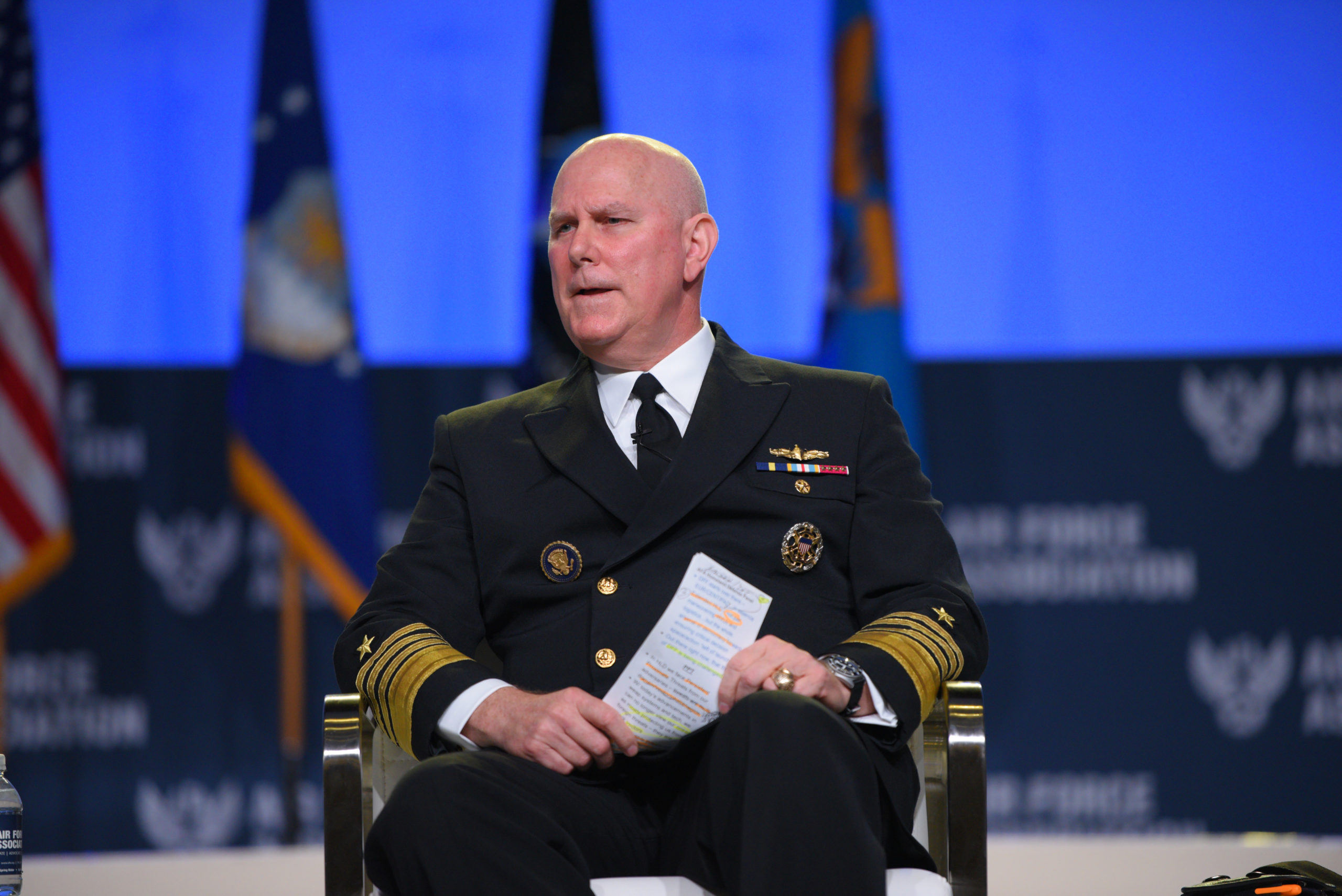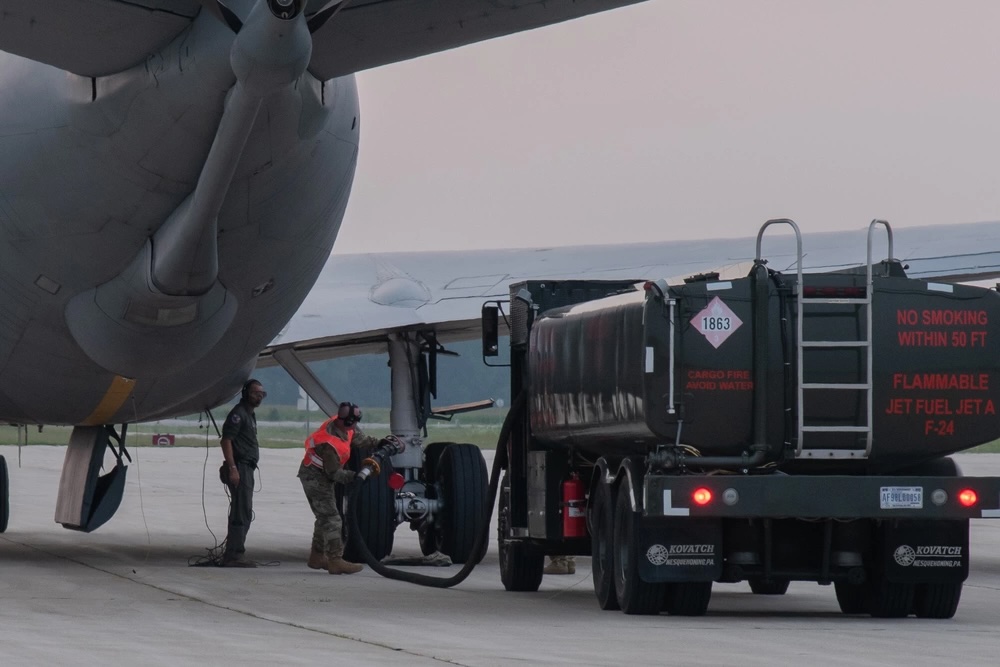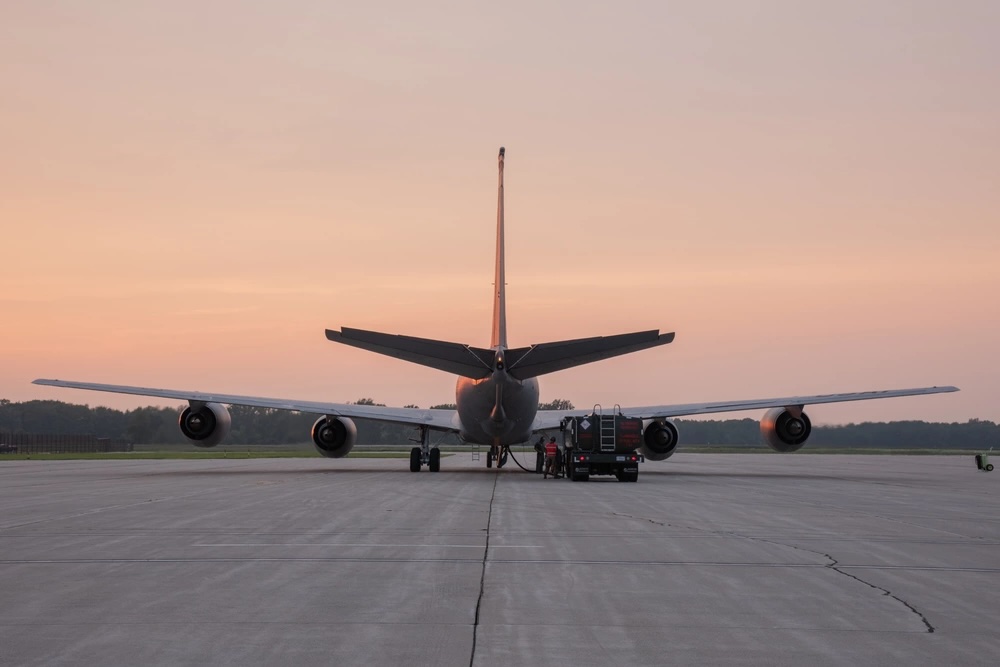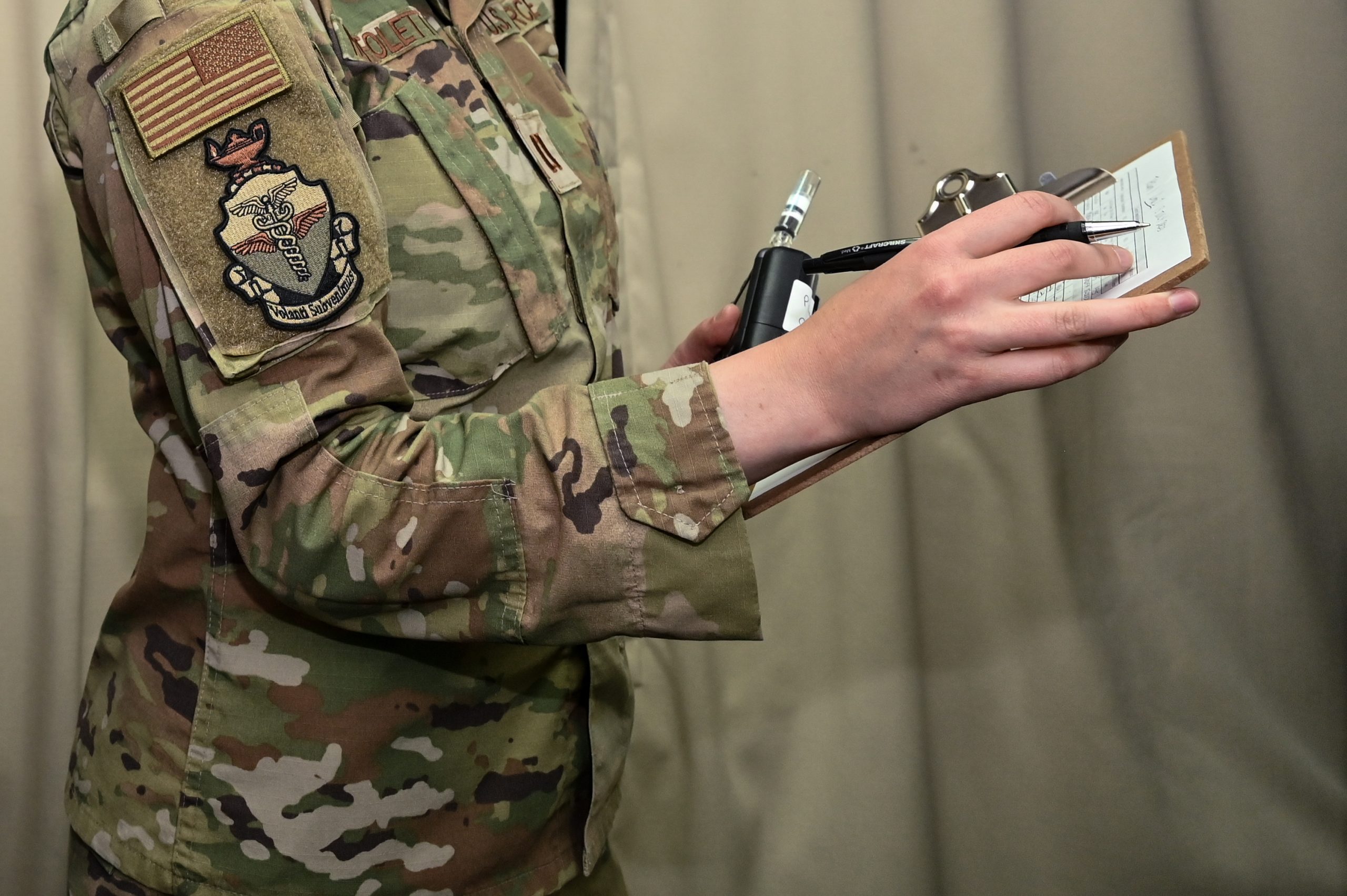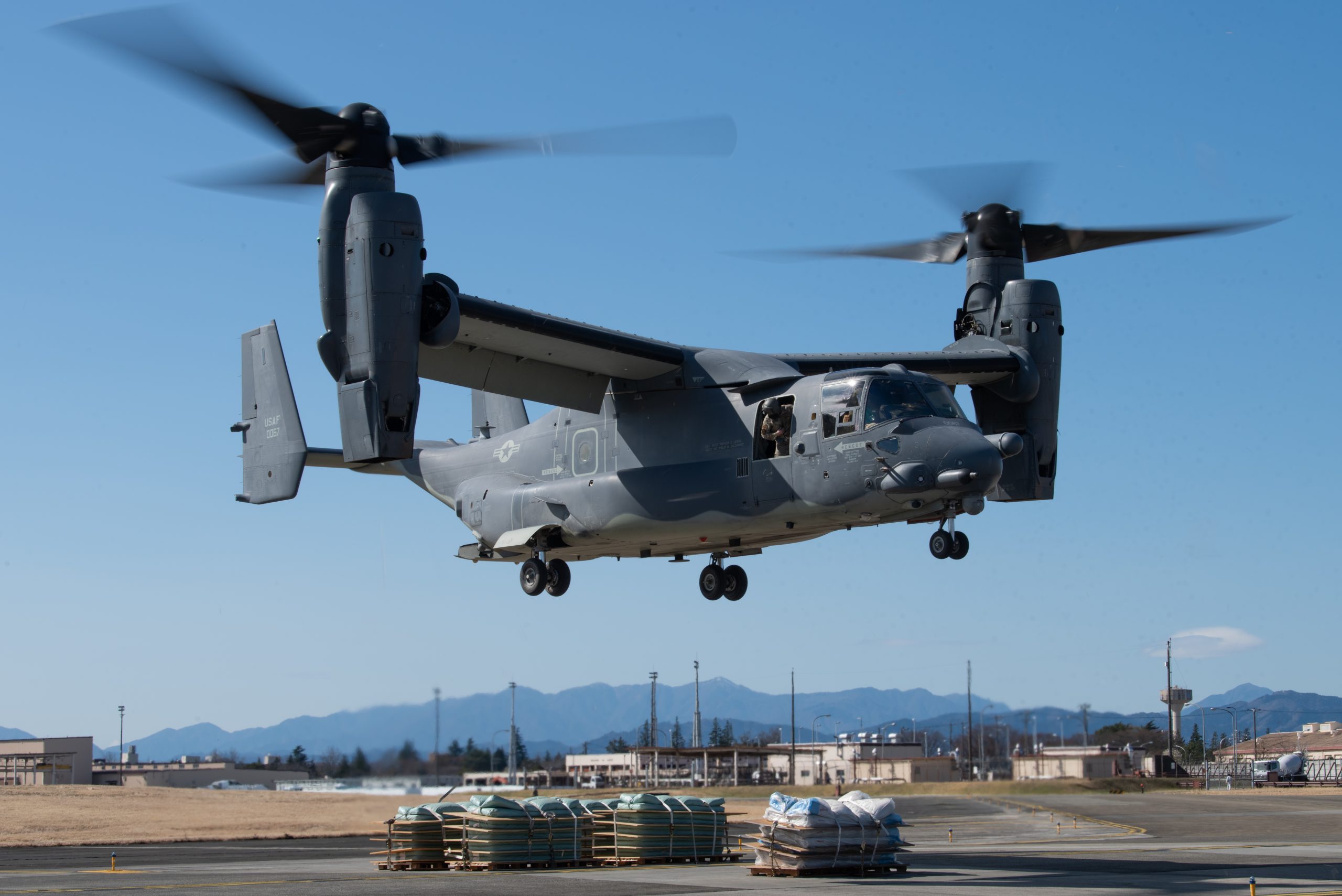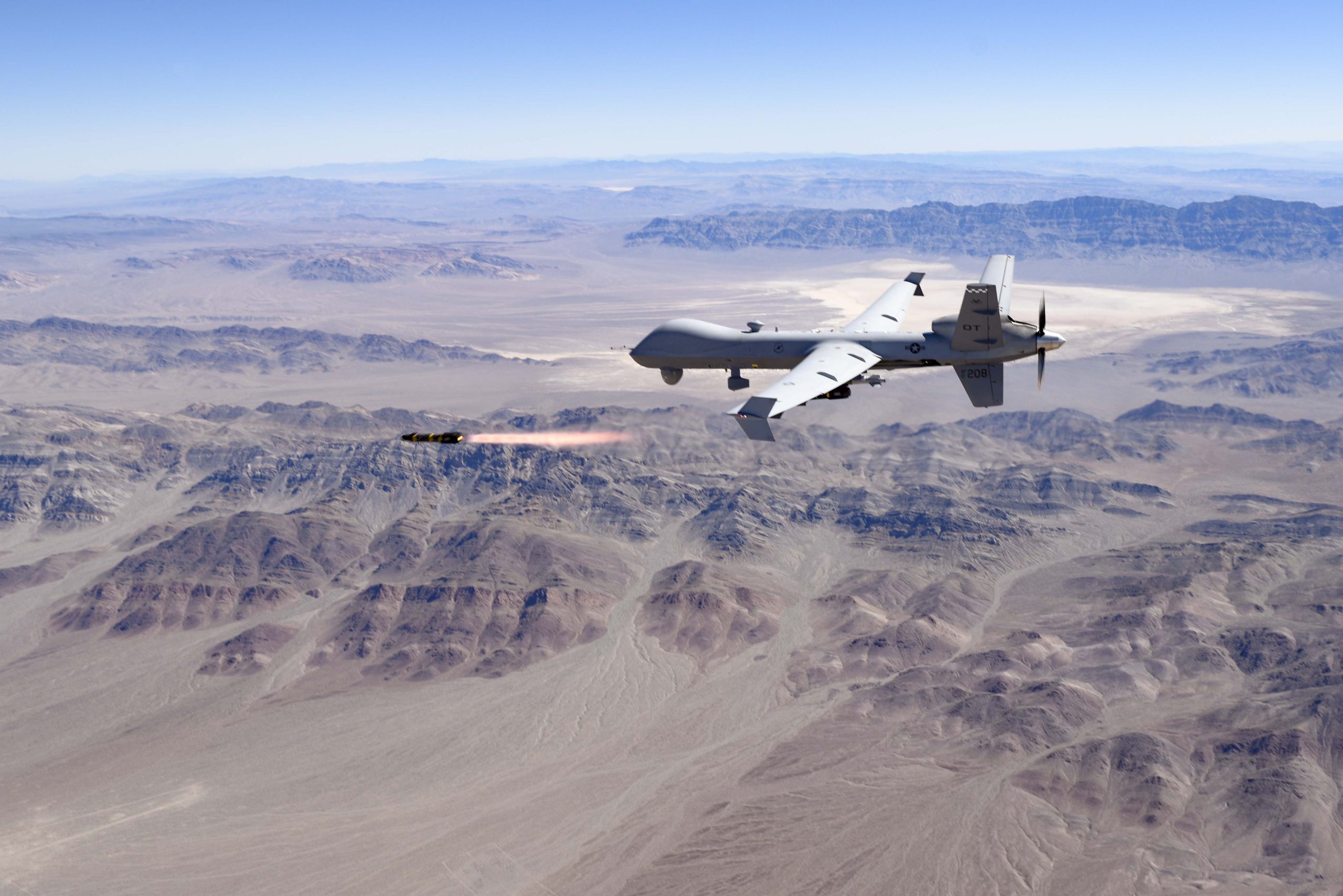U.S. Defense Secretary Lloyd J. Austin III and Swedish defense minister Pal Jonson signed a bilateral Defense Cooperation Agreement on Dec. 5 strengthening military ties between the two nations, which will allow bilateral exercises and new joint procurements and further paves a path for Sweden’s integration into NATO.
The agreement “will enable enhanced defense cooperation, such as legal status for U.S. military personnel, access to deployment areas, and pre-positioning of military materiel,” Pentagon spokesman Brig. Gen. Patrick S. Ryder told reporters. “The DCA also creates the conditions necessary for U.S. military support when requested, and is, therefore, an agreement of great importance to both countries.” Further specifics were not immediately provided.
In the wake of Russia’s invasion of Ukraine in 2022, long-neutral Sweden and Finland applied to join NATO, and while Finland has been admitted to the alliance, Sweden’s membership is waiting on approval from Turkey and Hungary.
Jonson, speaking Dec. 5 with the Atlantic Council, declined to offer a timeline on when he expects the final hurdles to Sweden’s membership to be cleared, only saying that it will be “soon.”
“Turkey has given Swedish invitee status, saying it’s not whether we’re going to become members but when … and we’re hopeful that this is going to be resolved as soon as possible,” Jonson said.
Of the DCA between the U.S. and Sweden, Jonson said, “This is going to put our close partnership even closer. It’s going to create better conditions for U.S. forces both to use Swedish territory as a staging and basing area, and also for exercising, and it’s all about also deterrence. So the DCA is going to be a new cornerstone in our bilateral cooperation.”
He later said a U.S. military presence in Sweden “is important” for NATO integration and the DCA will guide American investment in the region.
Jonson’s remarks focused on how Sweden will integrate its military with NATO and made the case that Stockholm is already highly aligned both operationally and technically with NATO standards.
As an example, he cited last year’s “Silver Arrow” exercise with the U.S., saying it was Sweden’s largest exercise in 25 years and highlighted the need to pay attention to logistics and maintenance, and the ability to “fight for a long time.”
He noted that the Nordic countries of Norway, Finland, and Denmark already work together militarily, and all now have DCAs with the U.S., and this should speed and enhance NATO interoperability in the Scandinavian region.
Sweden was one of the first members of the Partnership For Peace—sometimes called “NATO Light”—set up by during the Clinton Administration to establish a path to NATO membership for other European countries and the former Warsaw Pact nations. The PFP defined a series of steps, from joint exercises to common equipment and training standards, necessary for membership, and Sweden has fully embraced all of those, Jonson said, and has sent its troops to serve alongside NATO forces in Afghanistan, Kosovo, and Libya.
“We are plugged into NATO’s regional plans,” he said, and Sweden offers not only state-of-the-art ground, air, and naval forces and basing opportunities but expertise in Russian intelligence matters.
“Intelligence is also an asset I think we can bring to the table, to the alliance,” Jonson said. “Sweden has a lot of Russian expertise. We have strong capabilities in our intelligence communities. We have sensors that can work from our submarines and they can work also from our surface combatants and also from airborne sensors.”
Sweden, despite a population of only 10 million, also has a defense industry capable of building armored vehicles, submarines, corvettes, and fighter and command-and-control aircraft, and is making 155mm ammunition for Ukraine alongside Denmark and Norway. The SAAB JAS-39 Gripen is a frequent competitor to the U.S. F-16 and F-35 in international competitions, and its Global Eye airborne warning and control system often goes up against Boeing’s E-7 Wedgetail. SAAB is Boeing’s partner on the T-7A Red Hawk advanced USAF trainer, and Sweden’s Gripen fighters carry U.S.-made AIM-120 AMRAAM missiles and are powered by GE Aerospace F414 engines.
Sweden is “fully behind” NATO’s goals that every member devote two percent of its gross domestic product on defense and 20 percent of that amount on new equipment and research and development, Jonson said.
“Sweden has doubled its defense budgets by 2024 compared to how we were in in 2020,” he said. “In five years, we have doubled [spending] … and next year we will reach 2.1 percent of GDP and we have a trajectory upwards as well. We get it.”
On top of that, Jonson said Sweden spends “actually, 56 percent, when it comes to acquisition. So we score quite well in reqard to investments and also on innovation.”
Joining NATO will given Sweden added security in deterring possible aggression by Russia, which continues to wage war on Ukraine, and Jonson said Sweden also wants to do its part to prevent Russia from a series of further attacks.
“If Russia would be successful in this war, I fear that other countries neighboring Russia, such as Moldova and Georgia, would feel an increased pressure and there will also be an increased pressure on the Alliance. So rest assured that the United States has a partner in Sweden that shares a unity of purpose of supporting Ukraine as long as it takes,” he said.
Russia has outlined plans to regroup from its losses in Ukraine and “be back with a bigger force” in 2026, Jonson added, which will require vigilance and no let-up in support for Kyiv from NATO and the European Union. There is a “window of opportunity” for NATO to keep up the pressure to secure a desirable outcome in the war, he added.
Most of the Swedish electorate—65-70 percent—supports joining NATO, Jonson said, and 88 percent of seats in parliament were won “by those who want to join,” Jonson said. They recognize that Russia’s aggression is an immediate danger and requires an “evolution” in thinking.
“Sweden Is no longer being defended inside Sweden,” he said.
